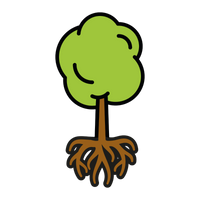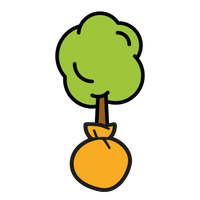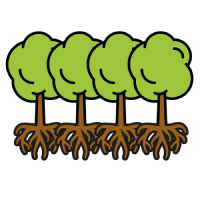As this is a bare root plant, soak the roots for at least 2 hours before planting, after they arrive. Plant as soon as you can. If the ground is frozen, place into a temporary pot that's filled with decent compost- once conditions have improved, move the blackberry̴Ì?plant to the ground.
Keep the plant well-watered during dry weather.̴Ì?
There is two types of blackberry pruning needed, and each should be done at different times during the year.
Firstly, at the beginning of Spring, you will need to tip prune the blackberry bush. This involves cutting off the tips of your blackberry canes to force the canes to branch out and produce more wood for more fruit to grow on. Cut back the canes to about 24"- if they're already shorter than 24", only prune off the first inch or so of the canes.
Secondly, near the end of Summer (when the blackberry plant has finished fruiting), you will need to do a bit of a "clean up." Blackberry canes will only produce fruit on two-year-old canes, meaning that once a cane has produced berries, it will not produce berries ever again. You will need to cut these spent canes off the blackberry bush to encourage the plant to produce more, new, canes (that will produce fruit the following year).






